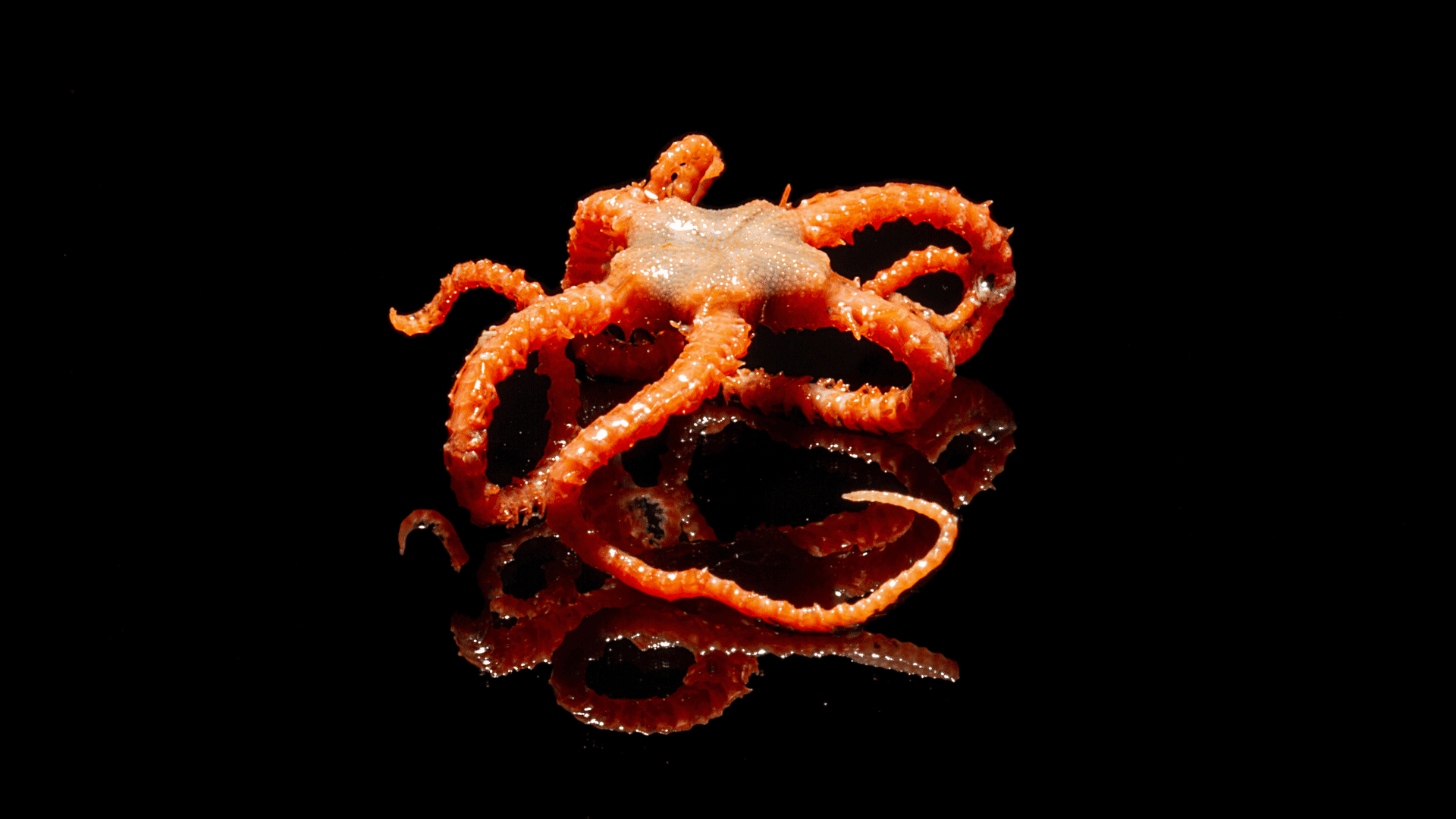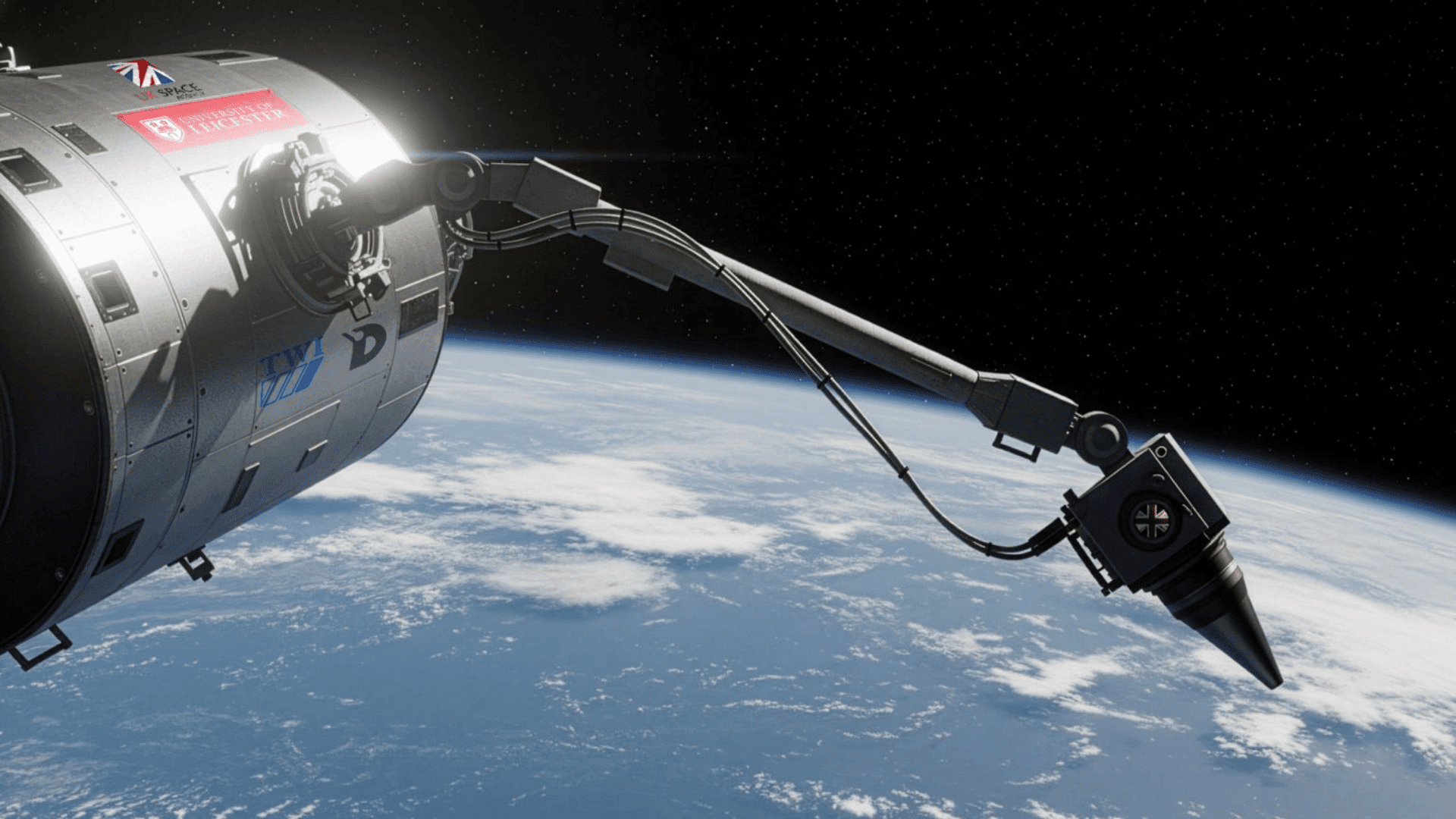A recent study discovered that the deep sea isn’t as isolated as we once thought. Researchers believe it is way more globally connected than ever imagined. They call it a global, deep-sea superhighway where species have been migrating across entire oceans for millions of years.
The groundbreaking research, published in Nature, focused on ancient spiny animals called brittle stars. These sea creatures are found from shallow coastal waters to the deepest depths.
A research team led by Museums Victoria Research Institute analyzed the DNA of thousands of specimens preserved in museums globally to map the distribution and evolutionary relationships of brittle stars.
A Deep-Sea Superhighway Connecting the World’s Oceans

“You might think of the deep sea as remote and isolated, but for many animals on the seafloor, it’s actually a connected superhighway,” said Dr. Tim O’Hara, Senior Curator of Marine Invertebrates at Museums Victoria Research Institute.
He added that deep-sea species have expanded their ranges by thousands of miles over time, a phenomenon that has gone unnoticed until now. Research shows that deep-sea communities are more closely related across regions than shallow-water communities. For example, the researchers explain, marine animals off Australia’s southern coast share evolutionary links with species in the North Atlantic.
Researchers analyzed DNA from 2,699 brittle star species housed in 48 natural history museums. The study shows insights into how marine life evolved and dispersed over the past 100 million years.
Temperature restricts marine life in shallow waters, making deep-sea environments more stable. This allows species like brittle stars to spread out over vast distances. A brittle star’s yolk-rich larvae aid their mobility because they can drift on deep ocean currents for extended periods.
“These animals don’t have fins or wings, but they’ve still managed to span entire oceans,” said Dr. O’Hara. He adds that the secret lies in their biology. A brittle star’s larvae can survive for a long time in cold water because of their ability to ride deep-sea currents.
Despite the deep-sea being highly connected, researchers emphasize its fragility. Understanding how life is distributed and moves through the vast depths is crucial for its protection. It’s especially important because of the increasing threats of deep-sea mining and climate change.







